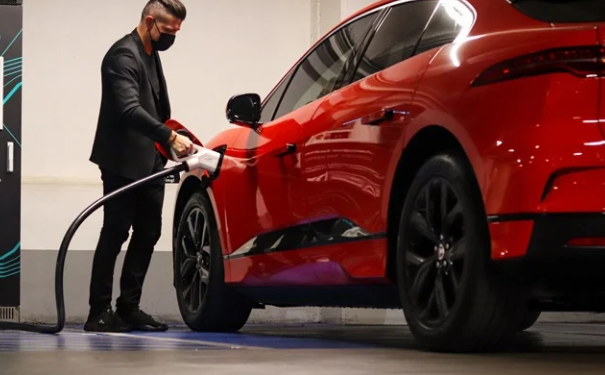Electric vehicles (EVs) are gaining traction in South Africa as more drivers seek eco-friendly and cost-effective transportation solutions. However, the country’s ongoing load-shedding crisis presents significant challenges for EV owners. From charging difficulties to range anxiety and increased electricity costs, load shedding disrupts the practicality of owning an EV. In this article, we explore how load shedding affects EV owners and offer practical solutions to navigate these challenges.
The Impact of Load Shedding on EV Charging
1. Limited Charging Opportunities
Load shedding schedules vary, sometimes lasting several hours, making it difficult for EV owners to plan charging sessions. Public charging stations may be offline, and home chargers are rendered useless without backup power sources.
2. Increased Charging Costs
Many EV owners rely on charging during off-peak hours when electricity rates are lower. However, load shedding disrupts this strategy, forcing drivers to charge during peak periods, and leading to higher electricity bills.
3. Strain on Charging Infrastructure
Repeated power outages can damage charging infrastructure, reducing efficiency and increasing maintenance costs. This affects both private EV owners and businesses operating EV fleets.
Range Anxiety: A Growing Concern
Load shedding intensifies range anxiety, as drivers worry about being stranded with no available charging options. With unpredictable power cuts, planning long trips becomes challenging, especially in areas with fewer charging stations.
How to Mitigate Range Anxiety
- Plan Ahead: Use scheduling apps to monitor load-shedding times and plan charging sessions accordingly.
- Invest in Backup Power: Solar panels and home battery storage systems can provide alternative power sources.
- Use Regenerative Braking Efficiently: This technology allows EVs to recover energy during braking, extending battery life.
Impact on Battery Health and Longevity
Frequent power cuts and irregular charging patterns can degrade an EV battery’s lifespan. Partial charging, fluctuating voltage, and repeated deep discharges contribute to battery wear over time.
Best Practices to Maintain Battery Health
- Avoid Deep Discharges: Keep the battery charge between 20% and 80% to extend its lifespan.
- Charge During Stable Power Periods: When possible, charge the vehicle during non-load shedding hours to ensure steady power flow.
- Use Smart Chargers: Some EV chargers adjust power flow to protect battery health.
Home vs. Public Charging During Load Shedding
EV owners in South Africa often have to choose between home charging and public charging stations. While home charging is convenient, load shedding can make it unreliable. Public chargers may be more stable but are not always accessible.
Alternative Solutions
- Solar-Powered Home Charging: Installing solar panels with battery storage reduces dependence on the grid.
- Hybrid Charging Strategy: Combining home charging with the occasional use of public fast chargers ensures flexibility.
- Shared Charging Networks: Some neighborhoods set up shared backup power sources for communal EV charging.
EV Ownership in a Load Shedding Environment
Despite the challenges, many South Africans successfully manage EV ownership by adapting their habits and investing in alternative power sources. Additionally, manufacturers are introducing EVs with longer ranges and better energy efficiency to suit South African conditions. If you’re looking for second-hand EVs or hybrids to better navigate load shedding, check out Auto24 South Africa.
Looking Ahead: The Future of EVs in South Africa
The South African government and private sector are working towards a more EV-friendly infrastructure. Some key developments include:
- Expanding Renewable Energy Projects: More solar and wind energy projects are being implemented to reduce reliance on the national grid.
- Battery Swapping Technology: Some companies are exploring battery-swapping stations to minimize charging downtime.
- Enhanced Grid Stability Initiatives: Future investments in smart grids could reduce the impact of load shedding on EV charging.
For more updates on EV trends, car reviews, and expert driving tips, visit Imoto News South Africa.
Conclusion
Load shedding presents unique challenges for EV owners in South Africa, affecting charging availability, battery health, and overall driving convenience. However, with strategic planning, backup power solutions, and smart charging habits, EV ownership remains a viable and eco-friendly choice. As infrastructure improves and renewable energy adoption increases, the future for EVs in South Africa looks promising.





